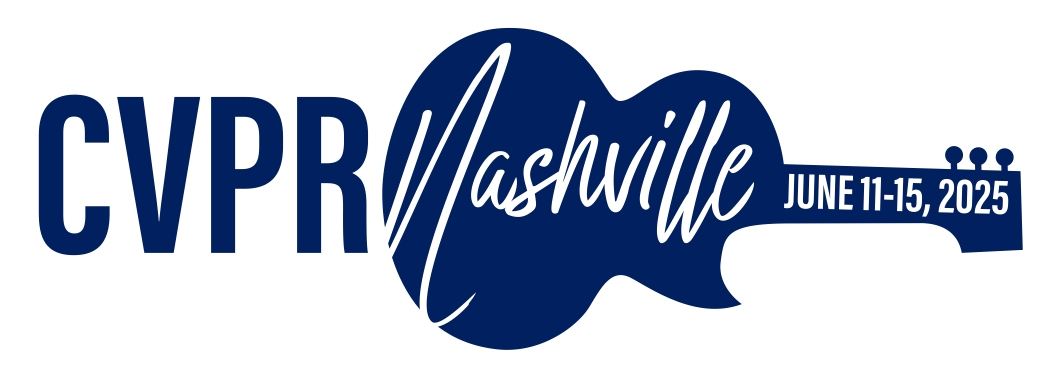-
[pdf]
[supp]
[arXiv]
[bibtex]@InProceedings{Curreli_2025_CVPR, author = {Curreli, Cecilia and Muhle, Dominik and Saroha, Abhishek and Ye, Zhenzhang and Marin, Riccardo and Cremers, Daniel}, title = {Nonisotropic Gaussian Diffusion for Realistic 3D Human Motion Prediction}, booktitle = {Proceedings of the IEEE/CVF Conference on Computer Vision and Pattern Recognition (CVPR)}, month = {June}, year = {2025}, pages = {1871-1882} }
Nonisotropic Gaussian Diffusion for Realistic 3D Human Motion Prediction
Abstract
Probabilistic human motion prediction aims to forecast multiple possible future movements from past observations. While current approaches report high diversity and realism, they often generate motions with undetected limb stretching and jitter. To address this, we introduce SkeletonDiffusion, a latent diffusion model that embeds an explicit inductive bias on the human body within its architecture and training. We present a nonisotropic Gaussian diffusion formulation that aligns with the natural kinematic structure of the human skeleton and models relationships between body parts. Results show that our approach outperforms isotropic alternatives, consistently generating realistic predictions while avoiding artifacts such as limb distortion. Additionally, we identify a limitation in commonly used diversity metrics, which may favor models that produce inconsistent limb lengths within the same sequence. SkeletonDiffusion sets a new benchmark on three real-world datasets, outperforming various baselines across multiple evaluation metrics. We release the code on our \href https://ceveloper.github.io/publications/skeletondiffusion/ project page .
Related Material





